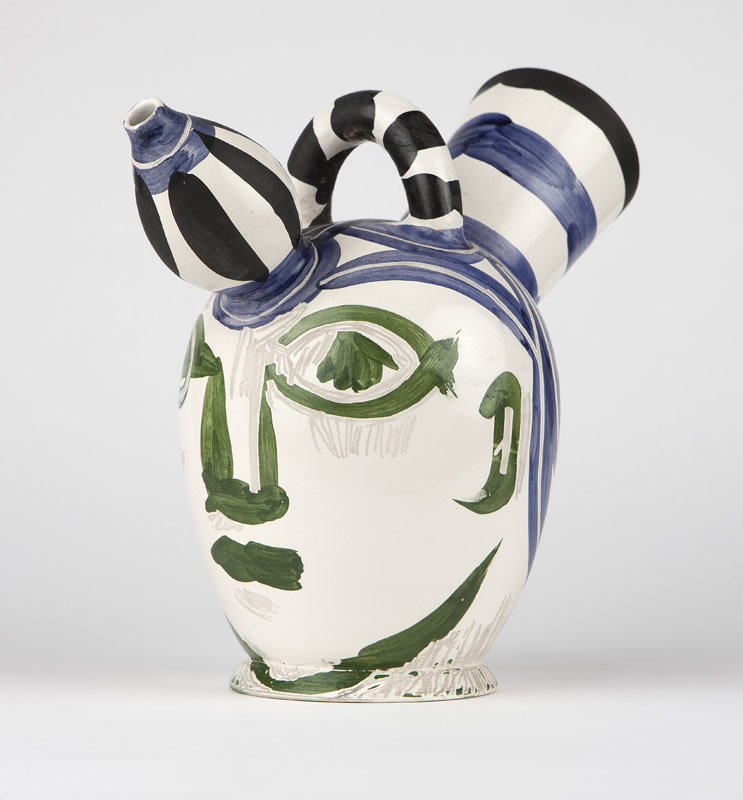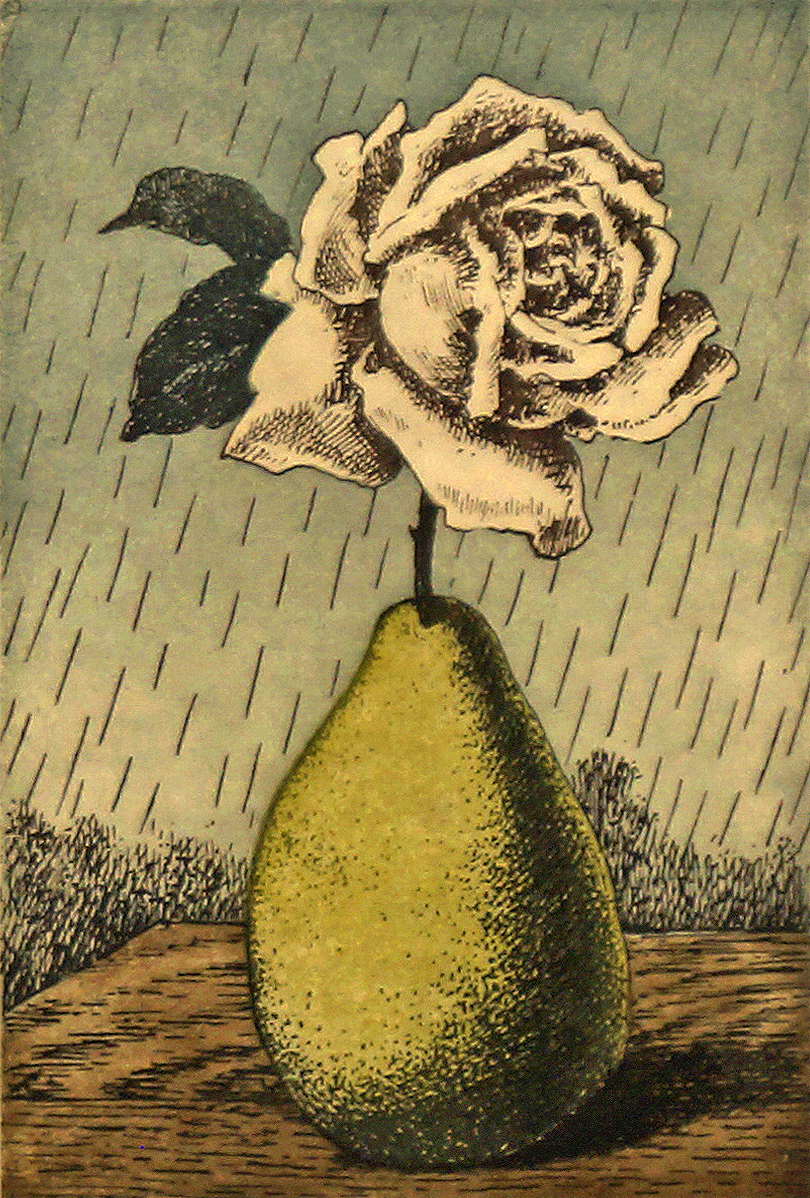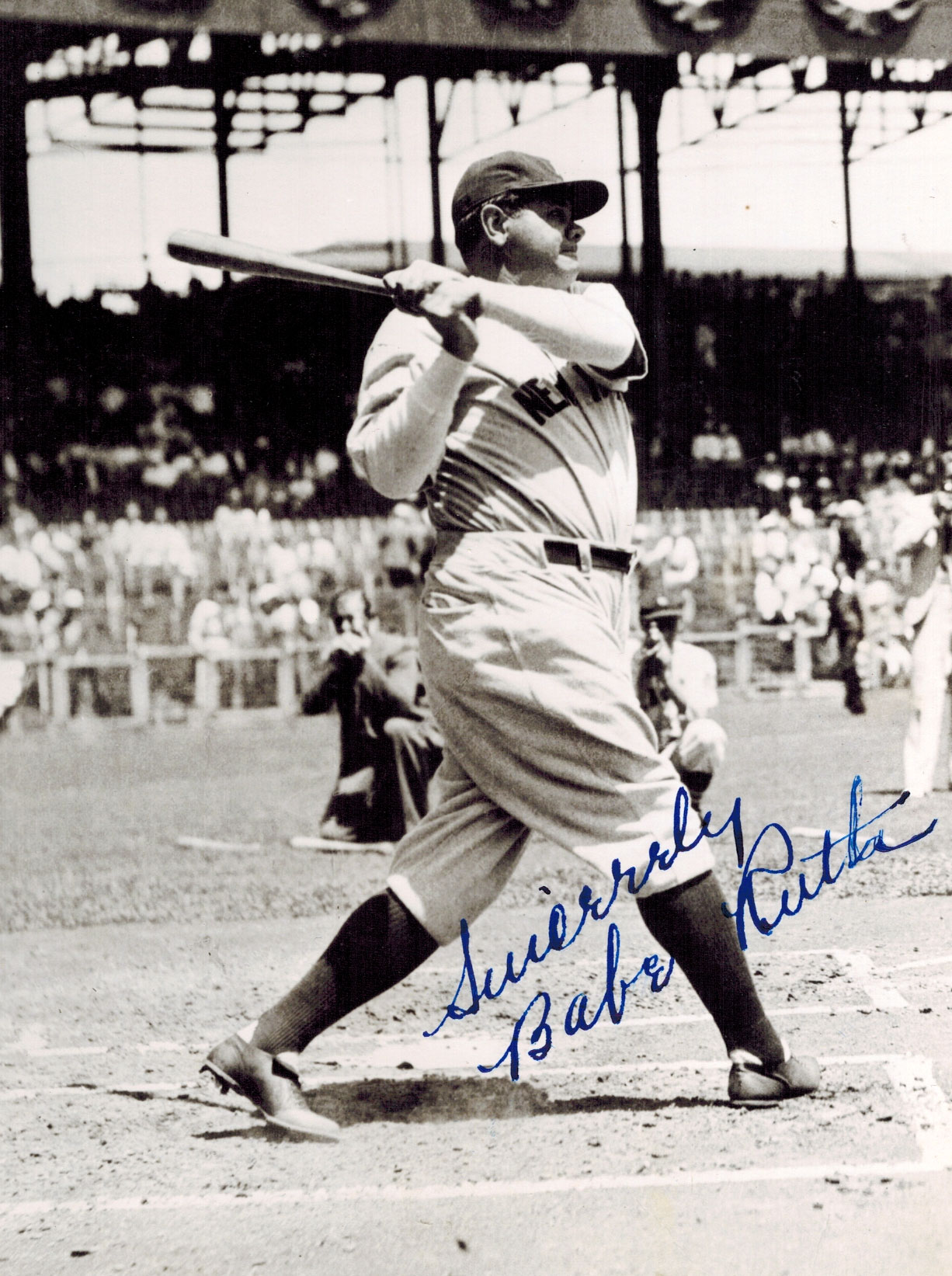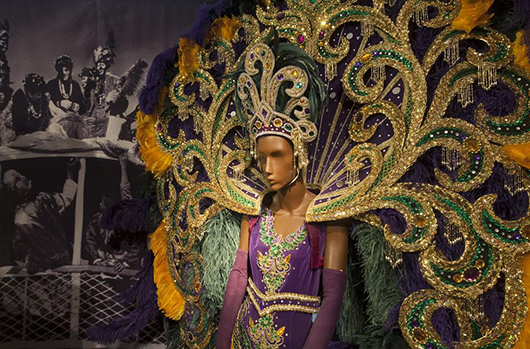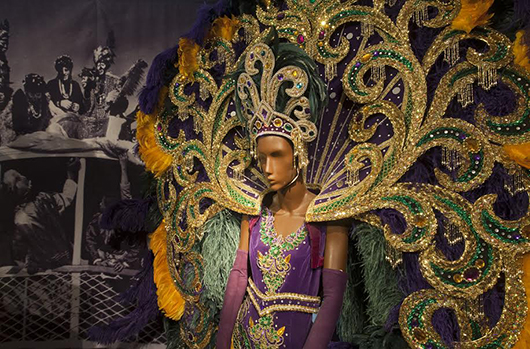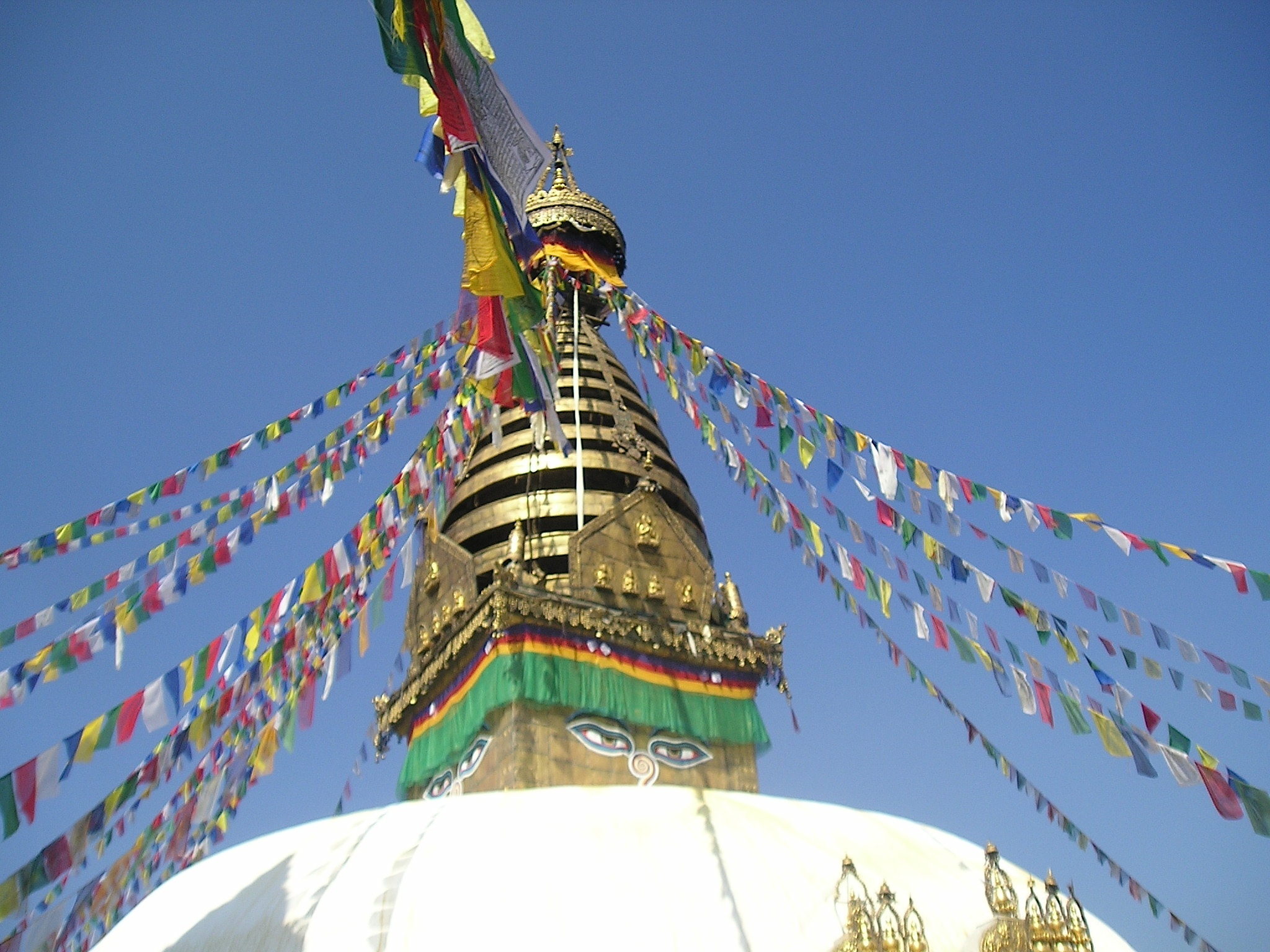
KATHMANDU, Nepal (AP) – Perched on a hilltop, the blue-rimmed eyes of Kathmandu’s gold-spired Swayambhunath stupa have long stared silently across this sprawling city nestled in the Himalayan foothills.
But since Nepal was shattered by a mammoth earthquake a week ago, those eyes have gazed upon a nation in mourning – and on a microcosm of its despair inside the ancient temple itself.
Here, monkeys scurry across the demolished ruins of a pair of precious bullet-shaped edifices built by King Pratap Malla in the 1600s. Saffron-robed monks haul golden relics and carpets out of a ruined monastery. The temple now has its own population of displaced – priests and vendors huddle under tents, after their own homes in the complex crumbled.
Swayambhunath, which dates back to the fifth century, is one of at least 68 cultural heritage sites in Nepal that were damaged by the tremor, according to Nipuna Shrestha of the UNESCO, the U.N. cultural heritage organization, citing preliminary figures from the Department of Archaeology. That’s nearly 80 percent of historic landmarks in seven monument zones that have been declared World Heritage Sites in the Kathmandu Valley alone.
Few would compare the loss of Nepal’s historic treasures to the massive human misery wrought by the magnitude-7.8 quake, which claimed more than 7,000 lives, damaged more than a million homes and displaced nearly 3 million people.
And yet, “it’s hard to describe how painful this is,” Shrestha said. “These are not just monuments, they are part of our daily life. It feels like losing part of your family.”
Shrestha said at least 18 other monuments are known to have been damaged elsewhere, but information has been incomplete because phone networks have been disrupted and roads severed by avalanches. The sites most heavily affected were made of brick and wood.
Terrifying footage posted on YouTube of the moment the quake hit one temple complex in Bhaktapur, just east of the capital, shows chunks falling from the top of a crumbling temple as it is enshrouded in a cloud of brown dust. Tourists can be heard screaming as some struggle to stand and others try to run as buildings disintegrate around them. Speaking earlier this past week, Prime Minister Sushil Koirala said the government’s first priority was relief and rescue for all those affected. But he also vowed to rebuild “all structures of historical, religious and archaeological significance.”
In an impoverished country already struggling to help the living, though, it is unclear when that will happen, or how.
Among the landmarks destroyed in the capital was the iconic, nine-story Dharahara Tower, which was topped by a statue of Shiva – the god of destruction in Hinduism, the predominant religion among Nepal’s 28 million people. The second-biggest religion is Buddhism.
Police say at least 60 bodies were recovered, most of whom were inside the tower’s 213-step spiral staircase at the time. Built in 1832, Dharahara was partially destroyed during a 1934 quake, and like many sites that were toppled across the country, eventually rebuilt.
The tower once offered panoramic views of the city. All that remains now is its base, the rest having smashed into the ground surrounding it.
Amrit Sharma, an Indian national who grew up in Kathmandu and has spent much of his life here, said the tower was like “our Washington Monument, our Empire State building.”
“The damage to these sites is not just a huge loss for Nepal, it’s a huge loss for humanity,” Sharma said. “People come from all over the world to see these. But they’re not just tourist attractions to us. If we lose them, we lose a sense of our past.”
Among the worst hit sites was Kathmandu’s historic center, Basantapur Durbar Square. Built between the 12th and 18th centuries, it is a place where kings have been coronated and religious festivals are held. The Nepal Archaeology Department website calls it “an open museum of Nepalese culture, art and architecture.”
Steps that once led to a pair of pagoda-style Hindu temples with multi-tiered roofs now lead nowhere, resembling giant anthills. One of them, Kasthamandap, was built five centuries ago and is believed to have been constructed from the timber of a single tree. Elsewhere, a 17th century statue of Garuda, a bird-like deity in Hinduism ridden by the god Vishnu, lies at the bottom of a tall stone pillar it once adorned. Other temples have been leveled completely.
Although soldiers and police guard the sites, hundreds of residents freely clambered over the top of some ruins, as well as piles of brick and intricately carved wood. Many were helping in a preliminary effort to clean up the site.
Laxmi Rimal, 18, had slept on a wooden pallet under a blue tent in the square since the earthquake. “Our house was completely destroyed, it looks like that,” she said, gesturing toward the crumbling white plaster edifice of Gaddi Durbar, which was built in 1908.
At the Swayambhunath stupa, a Buddhist site also venerated by Hindus and known to tourists as “the monkey temple” for its resident population of primates, police wave visitors away. The 365 stone steps leading up to it, each representing a day of the year, are blocked off with debris.
Inside, shopkeepers and monks were shaking dirt from books, Buddha statues and relics they had dug out of the rubble of a monastery that had partially collapsed onto a shop. Supendra Buddhacharya, who sold tourist curios there, lamented what he predicted would a major drop in tourism nationwide if the sites are not rebuilt swiftly.
“If we don’t have heritage here, what will people come to Kathmandu to see?” he asked.
Legend has it that a sage sowed a lotus seed in a beautiful lake that existed where the stupa now stands. The seed blossomed with thousand petals, and from that flower a dark-blue flame emanated, which came to be known as Swayambhu joti, or “self-originated flame,” which gave the site its name.
On Wednesday, Lama Zoba, a Buddhist monk, stood before the temple’s white dome. The eyes painted on the gold spire above it – symbolizing the omniscient, all-seeing nature of Buddha – peered in four directions across the valley. The view is stunning and peaceful, but it belies the tragic fact that bodies are still being dug out of the rubble below.
“You can’t compare this loss to the loss of human life. But you can’t bring back the dead, they are gone,” Zoba said. The temple, though, “will be rebuilt. And we will use it to pray for their next lives.”
Copyright 2015 Associated Press. All rights reserved. This material may not be published, broadcast, rewritten, or redistributed.
AP-WF-05-03-15 0413GMT












